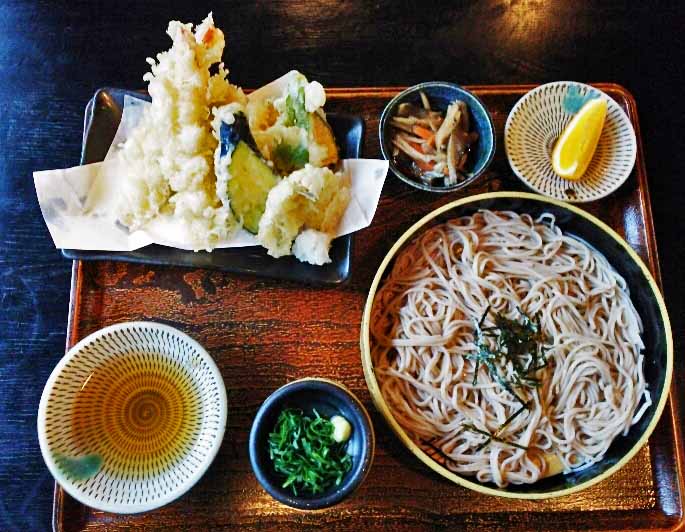Japanese Cultural exprience, wearing in Kimono
Experience of wearing in Kimono is done in Kokura Castle and Kokura Castle Garden.


Kimono is the traditional is the Japanese traditional costume, and there are
various type of Kimono.


Yukata which is a simple Kimono worn in summer is used today’s experience.
About us Tailor-made tour Self-guided tour Golf tour Study tour Contact us
Kyushu Travel Guide Suggested itinerary Blog & local News About Japan 日本語
![]()
Japanese Castle
designed to keep the enemy out.
In the Sengoku (civil war) period from 15th to 16th century, territorial warlords
competed in building castles in mountainous areas across the country.
demonstrate the power of feudal lords.
Tailor-made tour Self-guided tour Golf tour Study tour Contact us
Kyushu Travel Guide Suggested itinerary Blog & local News About Japan 日本語
Martial art, Karate
Karate is a martial art developed in the Okinawa, Kyushu, and is art of self-defense
that use no weapons and relies instead on three main techniques; arm strike,
thrusts and kicks.



| A distinction is made between offensive and defensive tourniquets, which are modified according to the position of one’s opponent. Today karate becomes popularity for self-perfection, for cultural reasons, for self-defense and as a sport. |
About us Tailor-made tour Self-guided tour Golf tour Study tour Contact us
Kyushu Travel Guide Suggested itinerary Blog & local News About Japan 日本語
![]()
Kawara Soba, the local cuisine in Kawatana
Kawara Soba (瓦そば),
literally means a roof tile buckwheat noddle.


The meal is a local cuisine in Kawatana, Yamaguchi prefecture.
The buckwheat noddle which is served on the heated roof tile.
川棚温泉にある、元祖瓦そば たかせ
料理の味も雰囲気も最高です。


Inari Shrine
prefecture facing to Sea of Japan.
狐の像が入り口に置かれている。写真は山口県の元乃隅稲荷神社です。
About Japan
Japan is a destination like no other and has fascinating and unique culture.
| Onsen Resort (温泉) There are many volcanoes around Japan especially Kyushu region, and therefore many Onsen resorts have been made. Each Onsen is said to have its own healing property. Onsen resorts or hotels either use water from an actual spring or they boil mineral water. |
| Foot bath in Beppu (足湯) Foot bath is called Ashiyu in Japanese and is a public bath in which people can bath their feet. Ashiyu in Beppu set up at Kannawa Onsen. You can easily enjoy it without having to remove all your clothing, only the feet and leg up to the knee are immersed. |
| Japanese castle (日本の城) Castle is called Shiro in Japanese and were originally military fortifications designed to keep the enemy out.
In the Sengoku (civil war) period from 15th to 16th century, territorial warlords competed in building castles in mountainous areas across the country. more …
|
| Japanese religion (日本の宗教)
Why is Japanese religious orientation eclectic?
Japanese indigenous religion, Shinto, has no founder or written
doctrine and places a great emphasis on ancestor and nature worship. more…
|
| Torii (鳥居) Torii is a gate-like structure placed at key point in the path leading to the Shinto shrine. It is very unique for the vermilion torii gate of
Itsukushima Shrine to stand in the sea.
|
| Inari Shrine The shrine is dedicated to Inari, the god of rice. They can be recognized by fox statues at entrance,
which are considered the messenger of Inari. more …
|
| What is jizo? (地蔵) Jizo is a statue of Buddhist saint, the Bodhisattva generally standing by the country roadside. Jizo is considered as guardian deities of children who can protect children from demons of hell. more… |
| Tobata Gion Yamagasa (戸畑祇園山笠) Float Festivals including Tobata Gion Yamagasa inscribed on UNESCO Intangible Heritage List in 2016. The festival has a lot of energy and is very dynamic as is the case with festivals such as the Hakata Gion Yamagasa, carrying the Yamagasa (festival float) and walking around the town shouting “yoitosa yoitosa”. more … |
| Martial art, Karate (空手) Karate is a martial art developed in the Okinawa, Kyushu, and is art of self-defense that use no weapons and relies instead on three main techniques; arm strike, thrusts and kicks. more … |
What is jizo?
Kunisaki Peninsula listed on the World Agricultural Heritage
Kunisaki Peninsula, began to develop 1,300 years ago as a sacred religious
ground influenced by mountain and nature worship, Buddhism, and Usa shrine
rising in the region.
Here remains in Bungotakada city the historical background for “home of prayer”
consecrating en mass the Shinto deity, Buddha, and ancestral spirit.
And one of major industry is agriculyure and all area is listed on the World Agricultural Heritage.



Unique mountain at Onieno sato Kumano Magaibutu Buddha statue at Makino-odo



Cape of Flower, Nagasaki-bana, seasonal flower can be enjoyed



Fukiji Tempel, the oldest wooden main hall building in entire Kyushu



Futagoji Temple, located in the center of Kunisaki Peninsula and the headquarters of Rokugo Manzan
Buckwheat noodle (そば)
from buckwheat flour to which is added wheat flour, egg, and
sometimes yam starch.

with a tiny dish of condiments and cup of dip made from soy sauce and
fish broth.
Minced green onions, red pepper and other spices are used as
condiment. The dish is eaten by dipping the noodle in the sauce with
the condiments mixed in it.
Udon, Wheat Noodle (うどん)
as spice. In Japan, if it is not impolite to make natural noises when you slurp up
the noodles.
The recipe is that the flour is kneaded for some time, and then rolled out and cut
into long strips. The noodle is finished by boiling them in hot water.
























